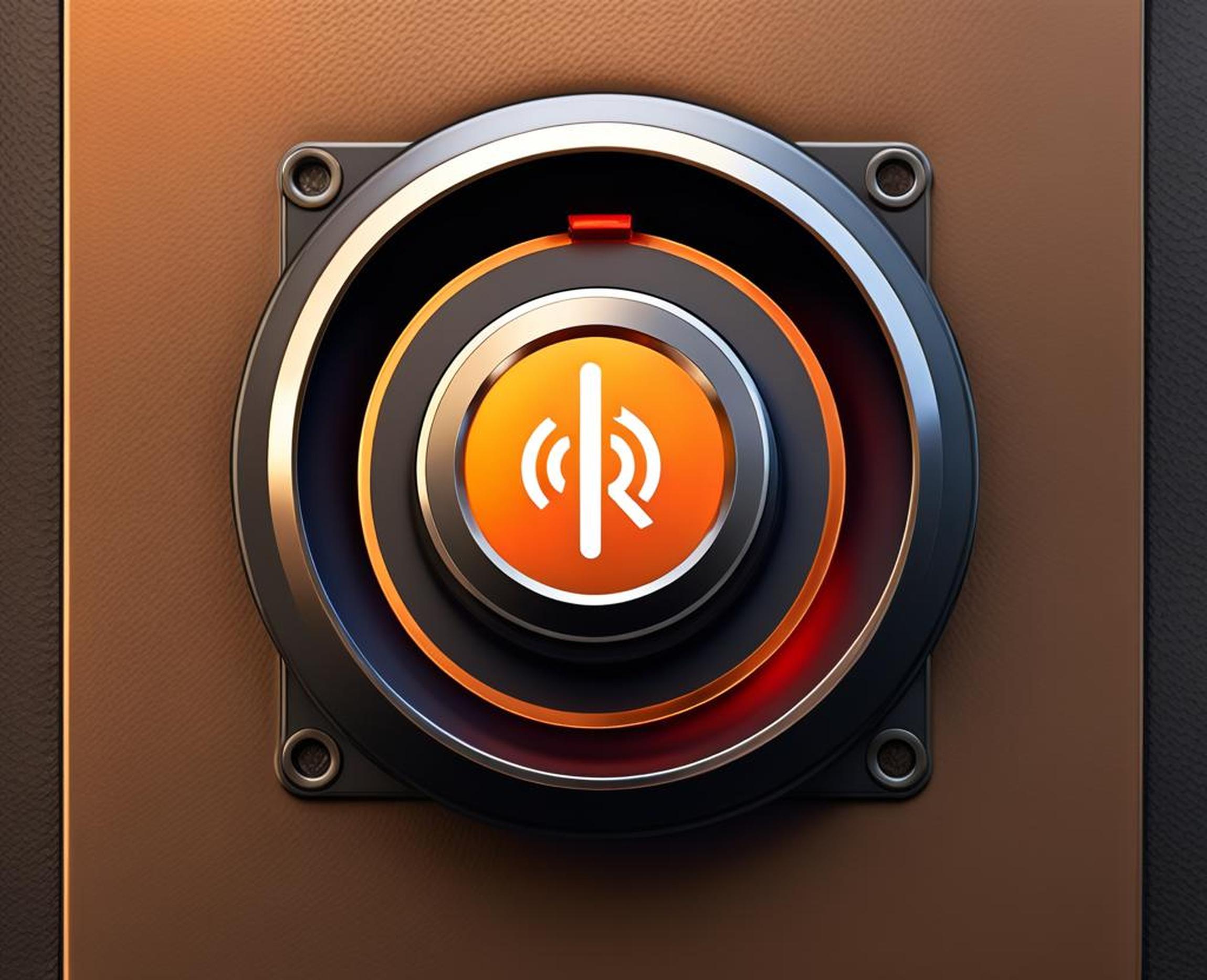Is your furnace blowing cold air or making strange noises? Before you call an HVAC technician, the quick fix may be right at your fingertips. Many furnace models have a hidden reset button that can get your system up and running again in minutes.
Pressing this inconspicuous button restarts your furnace’s blower fan, potentially fixing minor issues like a tripped safety switch. So don’t stress about having no heat on freezing cold nights. Let us guide you on where to find the reset button and how to get those warm air currents flowing again fast.
What is the Furnace Reset Button?
The furnace reset button, sometimes called a limit switch, is a safety mechanism found on most modern gas and electric furnace models. It’s typically located inside the blower motor compartment behind an access panel.

This red or yellow button shuts down the blower fan if your system overheats or a critical part malfunctions. The shutdown protects your furnace from damage. Pressing the reset button restarts the blower to restore normal operation.
Why Do Furnaces Have a Reset Button?
Furnaces have a reset button as a built-in safety precaution. It gives you a chance to resolve minor heating issues before they become serious repairs. Common triggers causing furnaces to need a reset include:
- Dirty air filters
- Blower motor problems
- Faulty thermostats or sensors
- Electrical surges tripping safety controls
Without a reset button, your furnace might require professional repairs every time it shut off unexpectedly. This key failsafe offers a quick reboot you can trigger to potentially fix problems yourself.
When Should I Push the Furnace Reset Button?
Signs your furnace needs resetting include:
- Blower fan not spinning
- No warm air coming from vents
- Burning smell or very high temp
- Red or yellow blinking light on circuit board
- “Check filter” notification stays on
Note the issues your system is experiencing before you reset the furnace. Checking for error codes on the control panel can further help diagnose problems. With details on symptoms, an HVAC pro can better pinpoint underlying issues later if resetting doesn’t resolve your furnace problems.
Step-by-Step Guide to Resetting Your Furnace
Armed with background on what the reset button does, let’s cover steps to actually press this hidden button safely. Follow our detailed walk-through to restart your furnace and enjoy cozy warmth again.
Preparation
Before accessing internal furnace components, a few prep steps minimize risks:
- Switch off electrical power at the breaker feeding your furnace.
- Wait at least 10 minutes allowing parts to cool if overheated.
- Remove any combustible items stored near furnace.
- Review emergency shutdown procedures for your furnace model if issues recur.
Accessing the Reset Button
To reach the reset button, start by removing exterior access panels securing the blower motor compartment inside your furnace. Panels may be located on the side, bottom, or back.
Finding reset button locations takes some sleuthing. Check your furnace manual for details on panel removal and layout. Otherwise, seek out a small red or yellow button near the blower motor, flame sensor, or circuit board once you access the guts of your furnace.
Pressing the Reset Button
When you spot the reset button, press and hold it down firmly for 30 seconds then release. Listen for any clicks or buzzing indicating you successfully reset components.
Double check that flame sensors and pilot lights are undamaged. Clean or relight pilot lights before restoring full power if they extinguished after your furnace overheated or lost power unexpectedly.
Powering Up & Testing Furnace
Carefully replace any removed panels after pressing the reset button. Restore electrical power to your furnace at the breaker box then tweak thermostat settings to trigger heating cycles.
Monitor your furnace’s performance closely the first few cycles. Ensure the blower runs properly and hot air flows steadily through ductwork. If issues reoccur, shut down power and call an HVAC technician to inspect repairs needed.
Reset Button Troubleshooting
While the reset button offers a handy reboot for small furnace glitches, take note of the following troubleshooting tips too:
- Error codes or fast cycling may indicate larger issues needing pro repairs.
- Frequently resetting the furnace risks damaging the system.
- If your furnace won’t stay powered on after a reset, a new control board or blower motor may be required.
As you explore reset options, never force components to run that keep powering down. Doing so strains systems risking costly damages. Schedule maintenance checks if resetting your furnace repeatedly or experiencing complex fault codes.
Reset Button FAQs
Homeowners commonly ask additional questions about safely using furnace reset buttons too:
How Often Can I Push the Reset Button?
Generally limit reset attempts to 1-2 times in a 24-hour timeframe. Too many back-to-back resets can fry circuit board electronics and processor chips.
Why Does My Furnace Keep Tripping?
Frequent tripping often stems from dirty filters, improper venting, bad ignitors causing flames sensor issues, or aging parts like worn blower belts. Schedule repairs to address root triggers rather than temporarily resetting alone.
What If Pushing Reset Doesn’t Fix My No Heat Issue?
If your furnace fails to restart after several reset button attempts, halt troubleshooting. At that stage safely using your system requires hands-on repairs. Professionals can best assess problems and quote fixes once reset steps fail.
Avoid shivering through winter nights or paying big repair bills prematurely. Locate and push interior furnace reset buttons to revive airflow and heat. Just be sure to address any underlying repair needs if cold air or odd noises persist.
You can see step-by-step reset tips in our walk-through. Review when and how to push reset buttons safely as home heating issues pop up. And breathe easier knowing how to restore cozy temperatures fast without waiting days for repairs.
